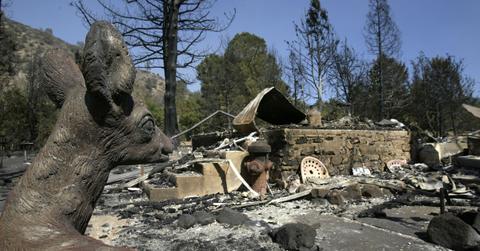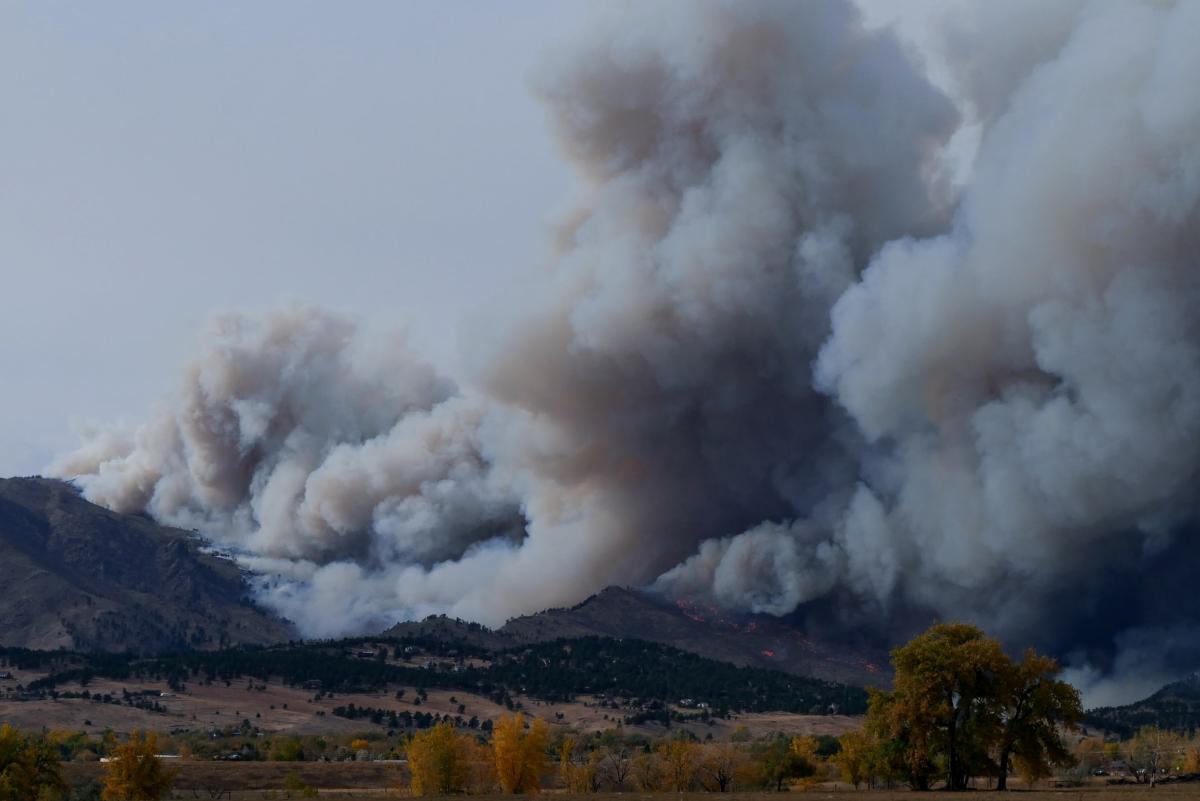How Much the Fawn Fire Has Cost So Far
The Fawn fire near Shasta Lake has displaced thousands in California. How much has the fire cost, and who will pay for it?
Sept. 27 2021, Published 5:54 a.m. ET

The Fawn fire near Shasta Lake has displaced thousands in northern California. How much has the fire cost, and who will pay for it?
The Fawn fire started on Sep. 22 due to arson. Alexandra Souverneva, a Palo Alto woman, has been charged with starting the fire and is facing felony charges. Souverneva claimed that she needed medical treatment when she walked out of the brush near the fire. However, she was allegedly “acting irrationally” and trespassing near a quarry. Souverneva has pleaded not guilty to the charges.
The latest developments of the Fawn fire
In its update on Sep. 26 at 7:08 p.m., the California Department of Forestry and Fire Protection (CAL FIRE) said “The fire is currently burning with moderate to low intensity in timber and ground fuel.” It added that southwest winds will push the fire northeast.
Light winds and a fall in temperature have slowed the fire. At its peak, the blaze threatened 9,000 homes. That number dipped to 2,340 over the weekend.
How much damage has the Fawn Fire caused?
The Fawn fire has impacted 8,559 acres, reports CAL FIRE. Over a hundred homes have already been impacted by the fire. However, as the authorities survey more areas, that impact could grow.
Currently, the cost associated with the Fawn fire can’t be determined with accuracy. However, Redding said that, including the seven yet-to-be-contained wildfires in California, the total costs would be above $1 billion.
Who pays for the Fawn fire?
On Sep. 23, California governor Gavin Newson announced that the state has received an FMAG (Fire Management Assistance Grant) from FEMA (Federal Emergency Management Agency.)
The release said, “The FMAG, which is provided through the President’s Disaster Relief Fund on a cost-share basis, will enable local, state and tribal agencies responding to the fire to apply for 75-percent reimbursement of their eligible fire suppression costs.”
According to FEMA, expenses for materials, supplies, and mobilization field camps, equipment use, and demobilization activities related to fighting the fire would be covered under the FMAG.
Climate change and California's fires
While the Shasta Lake Fawn fire is an alleged act of arson, there are other instances of wildfire in California right now. The severe drought situation in the state is making it hard to fight wildfires. Many attribute the volatile weather conditions to climate change.
Experts believe that instances of extreme weather, including drought and floods, will increase in the coming years due to climate change. Whereas Donald Trump denied the impact of climate change, President Biden has had a different approach.
The Biden administration, as promised, has been supportive of green energy. Among Biden's first moves in office was rejoining the Paris climate deal. The administration has also vowed to convert the federal fleet to zero-emission vehicles and is taking measures to support the adoption of electric cars.


